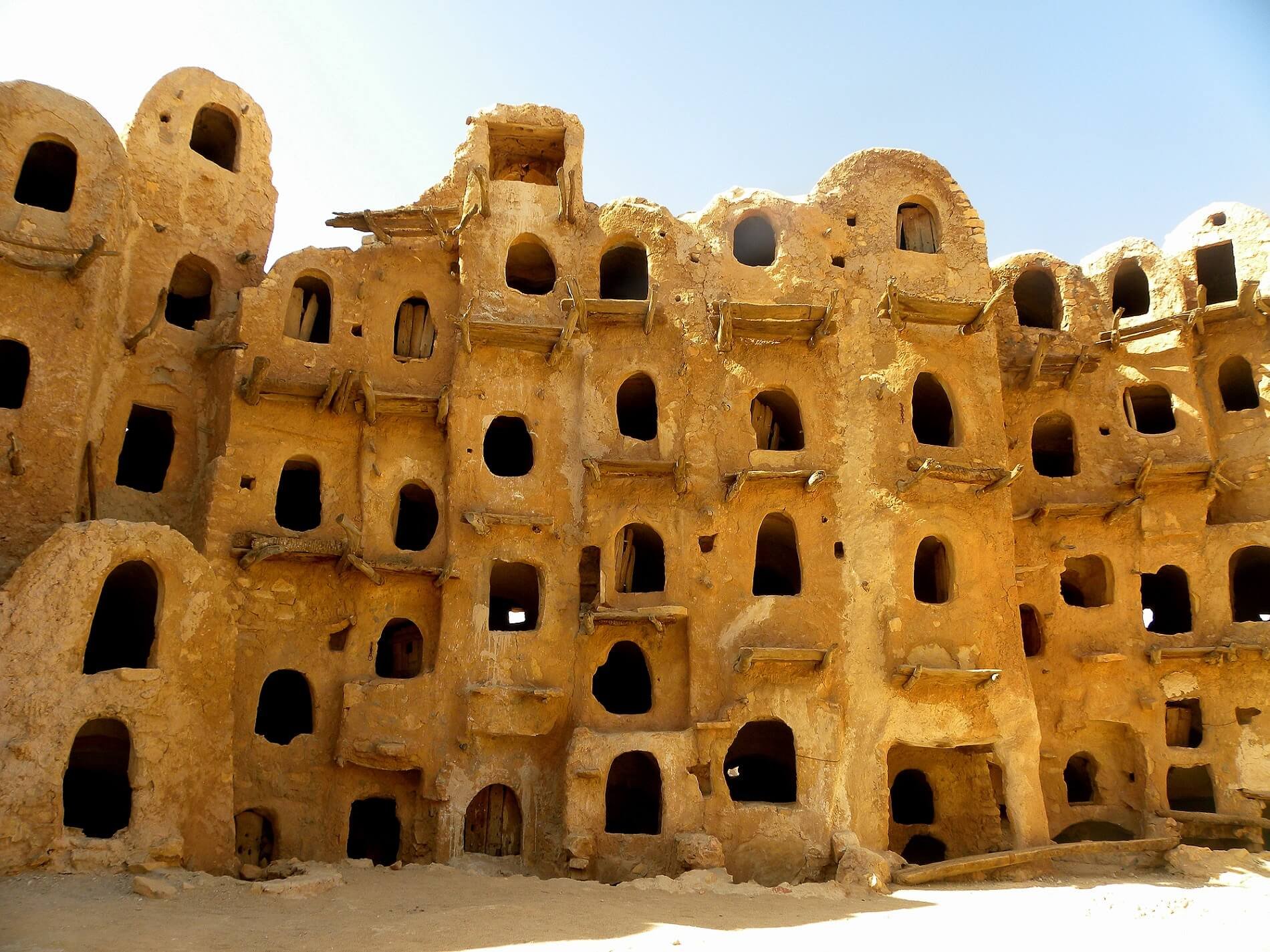Clashes broke out on 16 September in Sabratha between units affiliated with the Anas Dabbashi Brigade, which is involved in the controversial Italian migration deal, and the 48 Brigade (also known as the ‘Anti-ISIS Task Force’ or the ‘al-Wadi’ militia) which was recently established by the Sabratha Local Council. Late on 16 September, Dabbashi fighters were reportedly fired upon by a checkpoint manned by the 48 brigade, killing Dabbashi fighter Abu Bakr. Since then five more people have been killed and 18 others have been injured in the clashes. The Tunisian-Libya border crossing at Ras Jedir was closed on 17 September due to security concerns.On 18 September, a brief ceasefire was announced to allow the International Committee of the Red Cross (ICRC) to evacuate residents from the area but this has apparently broken down and gunfire continues intermittently. A social reconciliation delegation was also fired upon. LNA air force jets stationed in Watiya airbase south of Sabratha reportedly conducted sorties over the city on 18 September, raising local fears that the LNA may conduct targeted airstrikes on militia locations as well as move ground units towards Sabratha. Such a move would likely trigger a major escalation in the violence. The same day, Sabratha Local Council issued a statement laying equal blame on both groups for the conflict and demanded that the GNA intervene. However, the 48 brigade vehemently denied the accusation, saying that the attack was premeditated and that they were fired upon first by the vehicle.The clashes are reopening fresh wounds and reigniting local rivalries, namely between LNA/ Khalifa Haftar and GNA/Fayez al-Serraj affiliated factions, which have simmered throughout the last few months and have been heightened by the controversial Italian migration deal

